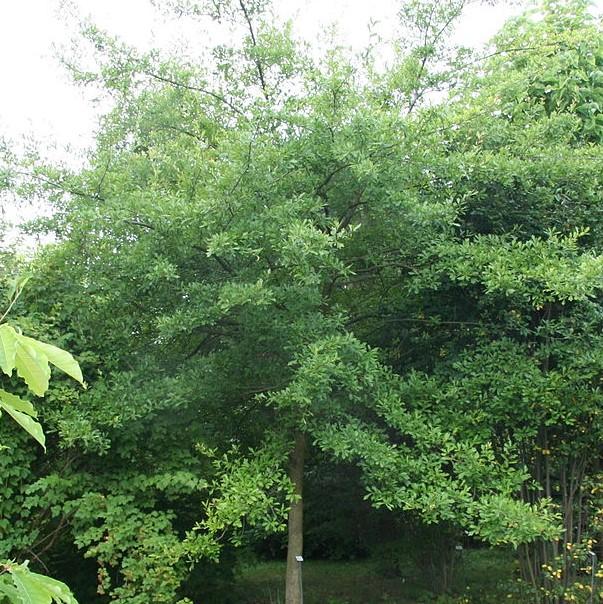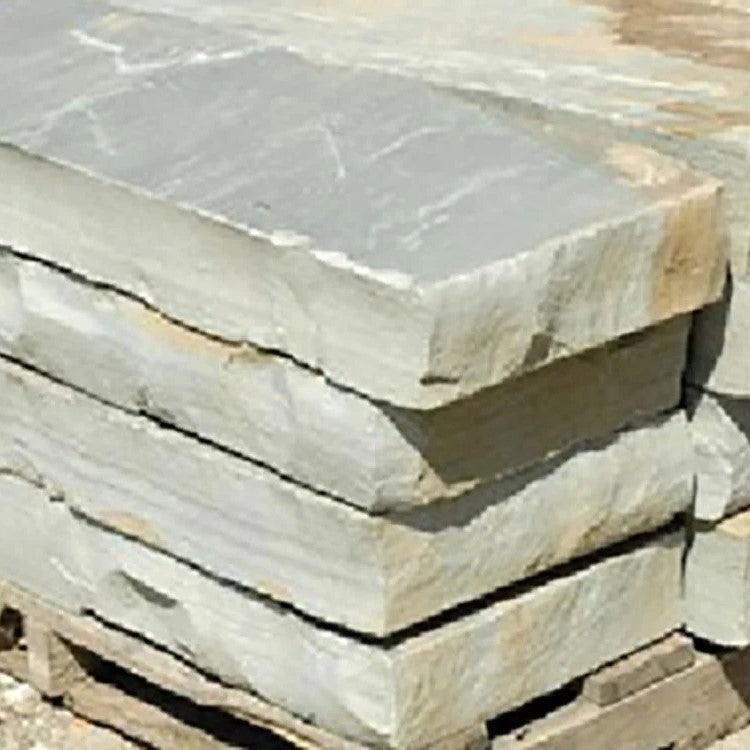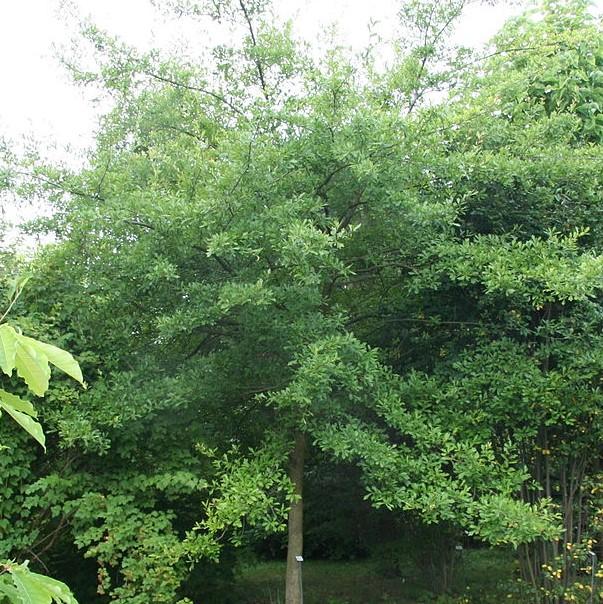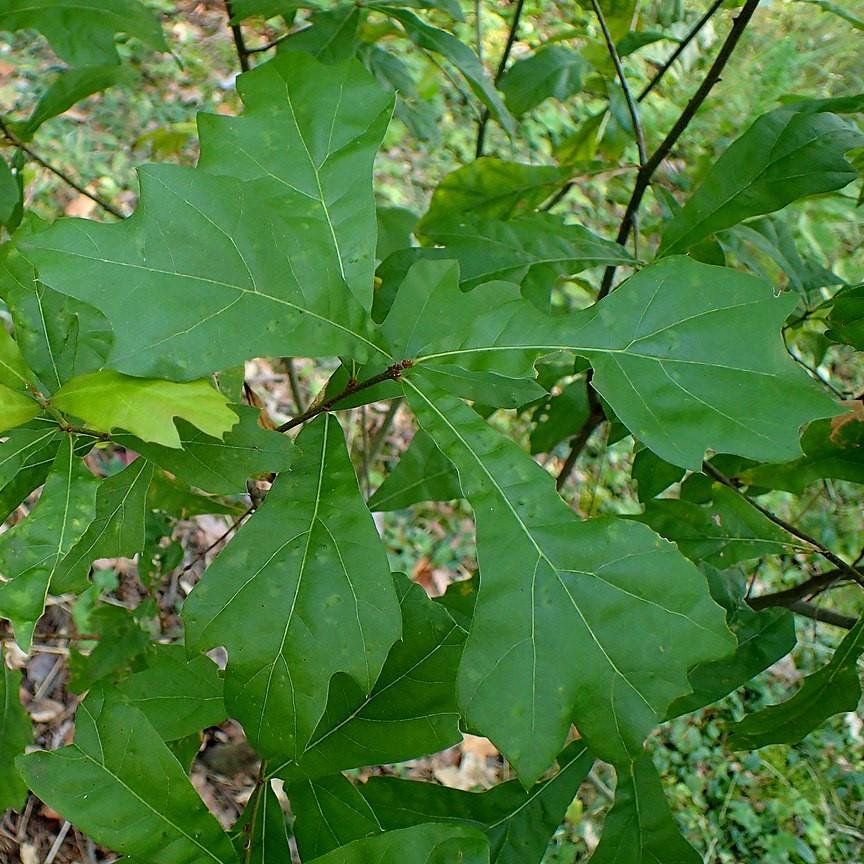Water Oak is a large natives semi-evergreen tree with a conical to broad rounded crown, and a slender straight trunk. The narrow 3-lobed dull blue-green foliage with paler undersides turn coppery gold or red in fall and may persist through most of winter in the south. The nearly black acorns have flat scaly cups and take two growing seasons to mature. Best grown in full sun and medium to wet rich well-drained acidic soils.
Quercus nigra supports a wide variety of moths and butterflies, including: the Imperial Moth, Banded Hairstreak, Edward's Hairstreak, Gray Hairstreak, White-M Hairstreak, Horace’s Duskywing, and the Juvenal’s Duskywing.
|
Type: |
|
|
Origins: |
Southeast N. America; GA Native |
|
Height: |
50’ - 80’ |
|
Spread: |
40’ - 60’ |
|
Spacing: |
50’ |
|
USDA Hardiness Zone: |
6 - 9 |
|
Culture: |
|
|
Bloom Color: |
Green |
|
Season of Interest: |
MAINTENANCE NEEDS: Low Maintenance. Water Oak is notoriously weak wooded and becomes more susceptible to trunk canker and rots with age. Susceptible to a large number of diseases, including oak wilt, chestnut blight, shoestring root rot, anthracnose, oak leaf blister, cankers, leaf spots and powdery mildew. Potential insect pests include scale, oak skeletonizer, leaf miner, galls, oak lace bugs, borers, caterpillars and nut weevils.
LANDSCAPE USES: Accents or Group Plantings, Borders, Woodland Gardens, Naturalized Areas, Wildlife Gardens, Privacy Screen, and Shade Tree.
COMPANION PLANTS: Crape Myrtle, Serviceberry, Magnolia
IMAGES: Michael Wolf, Quercus nigra Habitus, CC BY-SA 3.0, (2) Krzysztof Ziarnek, Kenraiz, Quercus nigra kz1, CC BY-SA 4.0, (3) Michael Wolf, Quercus nigra Laub, CC BY-SA 3.0, (4) Homer Edward Price, Water-Oak-catkins (2882861283), CC BY 2.0, (5) Famartin, 2019-11-29 12 36 23 A Water Oak turning yellow in late autumn along White Barn Lane in the Franklin Farm section of Oak Hill, Fairfax County, Virginia, CC BY-SA 4.0
*As plants have ranges in appearance they may not appear as the images shown































































